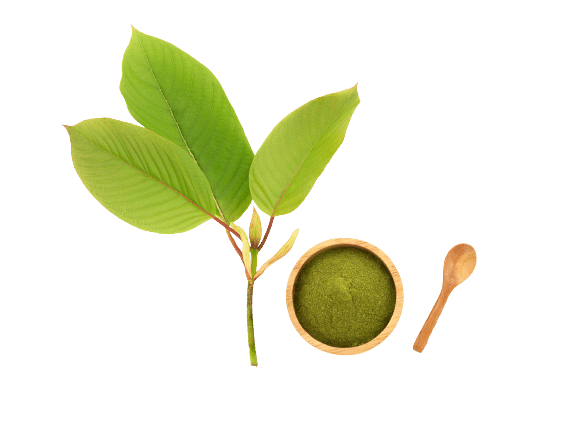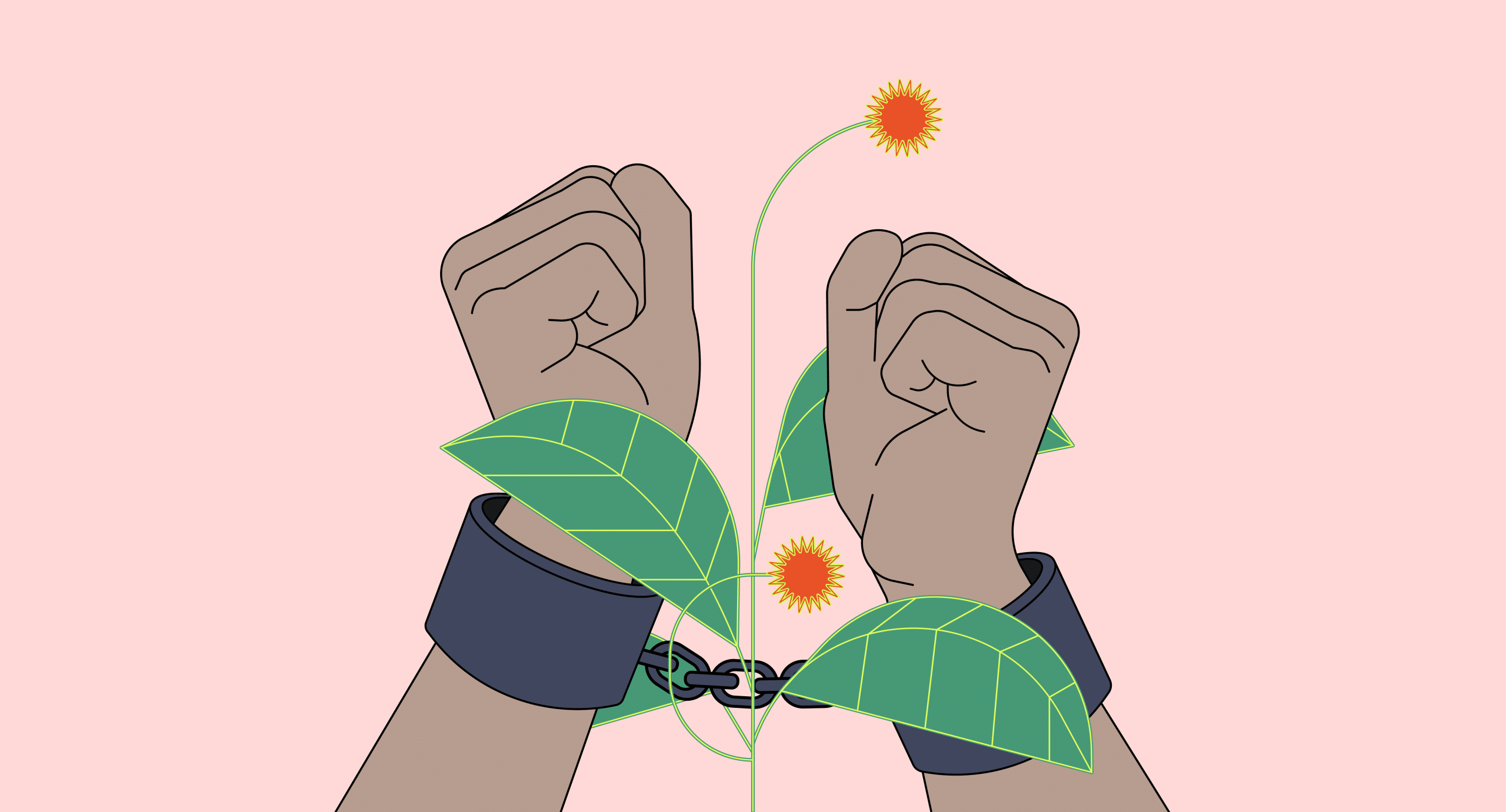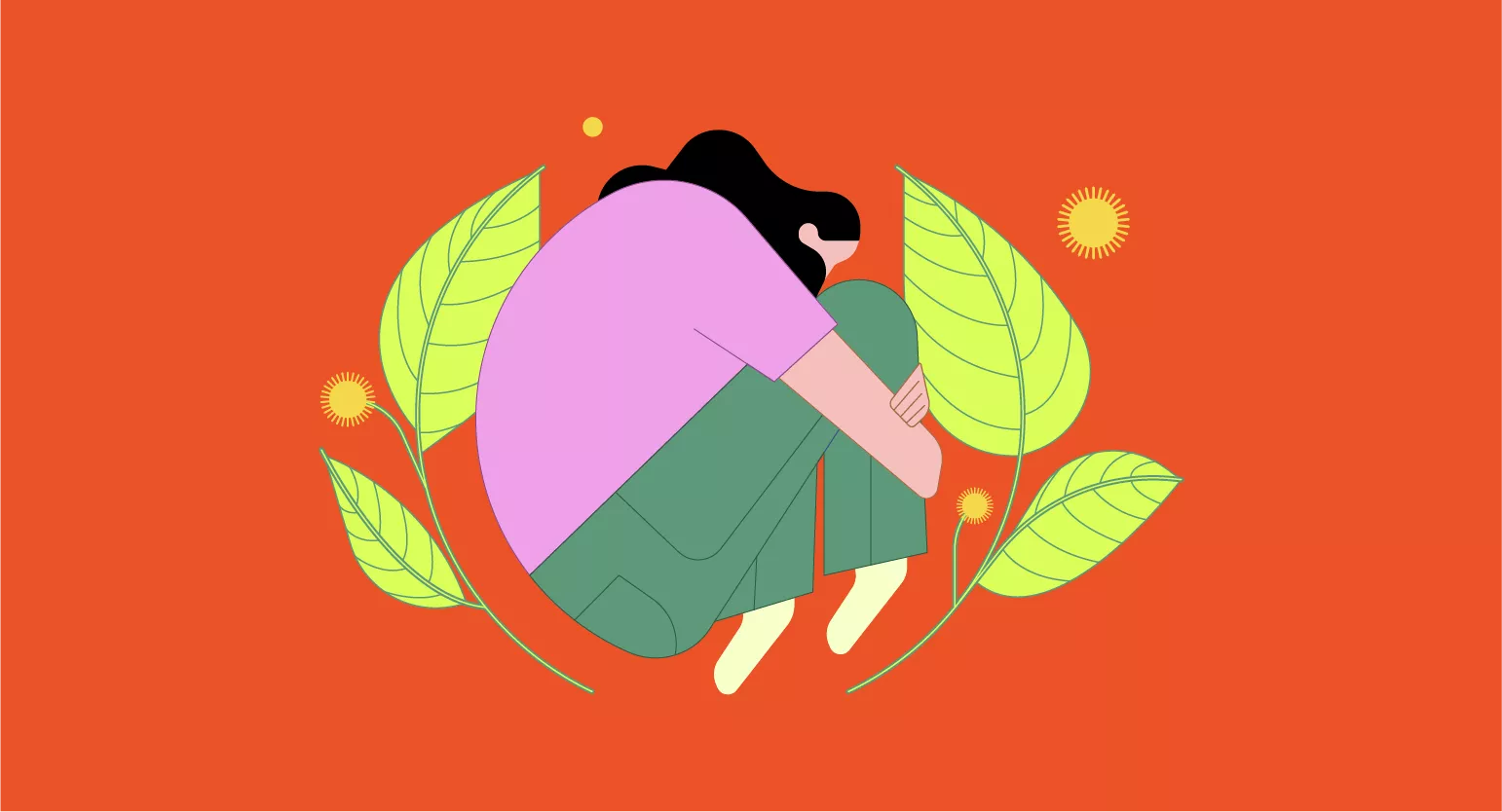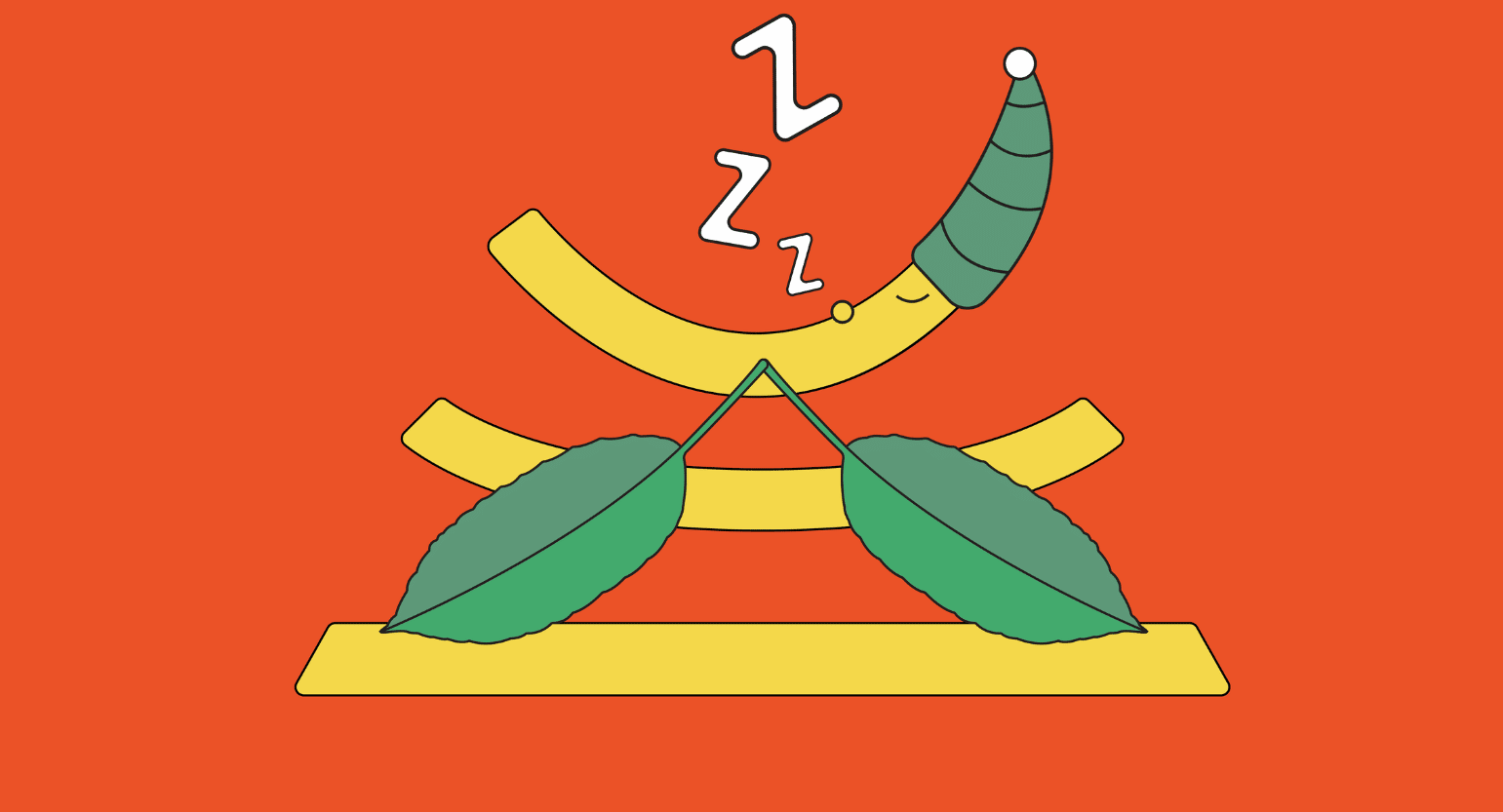Classification of Kratom
Kratom is not categorized under the Federal Food and Drugs Act, and the Food and Drug Administration, or FDA, does not classify it as a drug. However, the Drug Enforcement Administration, or DEA, does have kratom listed as a Drug and Chemical of Concern.
Still, its legality and classification depend on each state and city’s regulations. Kratom is not legal everywhere in the country, and some territories have placed bans on it, such as San Diego and Alabama.
What Is Kratom? How is it Classified?
There are a few different ways to classify kratom (and other substances) depending on who you ask:
- Ask a botanist: Kratom is classified as a plant in the Rubiaceae family and Mitragyna genus
- Ask a chemist: Kratom is mostly a source of indole alkaloids
- Ask a lawyer: Kratom is not classified
- Ask a pharmacologist: Kratom is a stimulant, sedative, analgesic, and euphoric
Kratom Botanical Classification
From a botanical perspective, it’s a plant contained within the coffee family (Rubiaceae). The kratom tree is further grouped under the Mitragyna genus, which includes a few other species, such as Mitragyna javonica and Mitragyna hirsuta.
Kratom Chemical Classification
The active ingredients contained inside kratom are a large and diverse group of alkaloids. The most prominent alkaloids, mitragynine, and 7-OH-mitragynine, are classified as indole alkaloids — one of the largest groups of alkaloids in the world with well over 4000 individual molecules. This alkaloid group contains many psychoactive pharmacologically-active compounds, such as tryptamines (including serotonin, psilocybin, and LSD), harmala alkaloids (such as harmine and harmaline), and yohimbine.
The compounds in this class share a similar structure but possess varying effects. Some are hallucinogenic; some are stimulating; others are poisonous (such as strychnine).
Kratom Legal Classification
Legally, kratom is unregulated, which means it isn’t classified under any of the schedules listed on the controlled substances list (USA).
Related: Where is Kratom Legal?
Kratom Effects Classification
The effect profile of kratom is complex because it can vary depending on the dose. In lower doses (less than 4 grams or so) kratom is most commonly classified as a stimulant. It’s most often used as a caffeine alternative.
Related: Best Kratom Strains For Energy & Focus.
In higher doses, the effects of kratom are better classified as sedative, euphoric, and analgesic.
It’s often used as an alternative to opiate painkillers, sleep aids, or other prescription medications in these doses. Kratom shares similar effects but tends to be more gentle on the body than prescription meds. It’s often used as a tool for harm reduction in people who are hooked on prescription medications or who want to avoid becoming addicted in the future.
Of course, kratom, too, can be addictive — but it takes more time and is generally considered easier to wean off compared to synthetic medications.
Is Kratom an Opioid?
The simple answer is that kratom is not an opioid, but it has opioid-like effects.
Many of the alkaloids inside kratom act on opiate receptors [1], leading many people to mistakenly classify the plant as kind. But there are good reasons to argue why kratom is not an opiate.
The chemical structure of kratom alkaloids is very different from classical opioids like morphine, which is used as the starting point for defining what an opioid is.
We (and many other experts) argue kratom is not an opioid because there are no medications on the market today (legal or illegal) that look even remotely similar to the structure of kratom alkaloids. They’re clearly a class of their own and only share minor overlap with existing opioid medications and narcotic drugs.
Just because a compound interacts with the opioid receptors doesn’t mean it’s going to cause the same result. The opioid system is extremely complex and widespread. Its involvement is merely to regulate neurotransmission throughout the nervous system. This includes pain (which is the primary target for opioid medications), as well as other functions — such as muscle coordination, mood regulation, reward pathways, and much more.
Although both kratom and opioids relieve pain similarly, kratom can also interact with other systems, such as dopamine and serotonin receptors and the adrenergic system [2, 3, 4, 5].
Perhaps the clearest divergence between the effects of kratom alkaloids and conventional opioids is its stimulating effects — something opioid medications and narcotics lack entirely.

Is Kratom Safe?
As with any other medication, it depends on how you use it. Kratom is safe and generally well-tolerated — if you use it responsibly.
What does responsible use look like?
Kratom Interacts With Many Medications — Make Sure the Combination is Safe
Almost every overdose death linked to kratom involves other drugs, usually other painkillers. Check the drug interaction chart to find out how risky the combination is before using kratom with anything else.
Usually, this is due to the way drugs are metabolized. If the same enzymes metabolize two substances, it can cause both drugs to stay in the system longer. This typically is not a good thing and is incredibly dangerous when dealing with other sedatives.
Kratom can also increase or decrease certain drugs’ effectiveness. It’s easy to determine the risk level, so make a habit of looking before combining kratom with anything, even herbal or over-the-counter medications.
Kratom is Addictive, So Use it As Little As Possible
Yes, you can become addicted to kratom.
Like any other substance that affects your mood and physical state, kratom can generate a dependency in some users. However, this addiction is not comparable to that of synthetic opioids.
It takes months of constant kratom abuse to develop an addiction, and there are two stages to it.
- Psychological dependence: You begin to desire kratom’s effects at this stage, even if you do not physically need it. This happens because it offers a release from pain, anxiety, or insomnia, and you wish to avoid those feelings and experiences.
- Physical dependence: When you form a physical addiction, your body adjusts its chemistry to take kratom into account. When you miss a dose, your body will feel destabilized, causing withdrawal symptoms.
It is worth noting that kratom withdrawal causes irritation, anxiety, and other uncomfortable feelings, but it is not comparable to withdrawal from opiates. The risk of overdose is also incredibly low.
In fact, kratom can help with addiction to opiates since it reduces withdrawal symptoms considerably.
If you take breaks from kratom and use the smallest possible dose, you should be able to avoid addiction.
Kratom is Mostly Unregulated — Only Buy From Reputable Sources
It’s too easy for people to find a source for kratom, do whatever they want to it, and sell it for a considerable profit. Even if the place you’re buying from doesn’t sell adulterated or contaminated kratom, it can still be old and ineffective. At best, you’re wasting your money. At worst, you’re putting your health in danger.
Fortunately, it’s easy to spot trustworthy vendors. Look for third-party tests, good reviews, and certification from the American Kratom Association.
Suggested Reading: Top Ten Kratom Vendors of 2023
This little bit of preparation and care will keep you safe while using kratom.

Side Effects of Kratom
If you take more significant doses than you should, you will likely experience some of kratom’s side effects. It’s possible to feel the side effects with smaller doses, but it’s far less likely.
These side effects include stomach issues, such as nausea, vomiting, and constipation. However, these symptoms generally happen when taking kratom on an empty stomach, as it is a fibrous herb that can be tough for your stomach to digest.
Lethargy is another common side effect that can develop into chronic fatigue. Reducing your dose or switching strains can help avoid this.
Some users also experience dizziness and brain fog, commonly known as the “wobbles.” Laying down for a bit will usually make you feel better.
Lastly, anxiety can be a problem even for people with no past anxiety issues. As previously stated, kratom can influence the adrenaline system and produce a destabilization, which can later lead to adrenal fatigue.

Conclusion: What Class of Drug is Kratom?
There are a few ways to classify kratom — it’s a plant, a container for various alkaloids (specifically indole alkaloids), and a stimulant/sedative/analgesic/euphoric.
Although it shares similarities with opioids, kratom is not an opioid. Additionally, kratom is not scheduled as a controlled substance in the United States and is not considered a drug.
This does not mean kratom is legal throughout the country or does not come with risks. Substance abuse can lead to health problems and addiction, especially if you mix it with other compounds.
- Prozialeck, W. C., Jivan, J. K., & Andurkar, S. V. (2012). Pharmacology of kratom: an emerging botanical agent with stimulant, analgesic, and opioid-like effects. Journal of Osteopathic Medicine, 112(12), 792-799.
- Harun, N., Hassan, Z., Navaratnam, V., Mansor, S. M., & Shoaib, M. (2015). Discriminative stimulus properties of mitragynine (kratom) in rats. Psychopharmacology, 232(13), 2227-2238.
- Utar, Z., Majid, M. I. A., Adenan, M. I., Jamil, M. F. A., & Lan, T. M. (2011). Mitragynine inhibits the COX-2 mRNA expression and prostaglandin E2 production induced by lipopolysaccharide in RAW264. 7 macrophage cells. Journal of Ethnopharmacology, 136(1), 75-82.
- Swogger, M. T., & Walsh, Z. (2018). Kratom use and mental health: a systematic review. Drug and Alcohol Dependence, 183, 134-140.
- Novindriani, D., Novindriana, D., Wijianto, B., & Andrie, M. (2021). Studies on the Sedative Effect of Mitragyna speciosa Korth. as an Endemic Plant in West Borneo, Indonesia.









